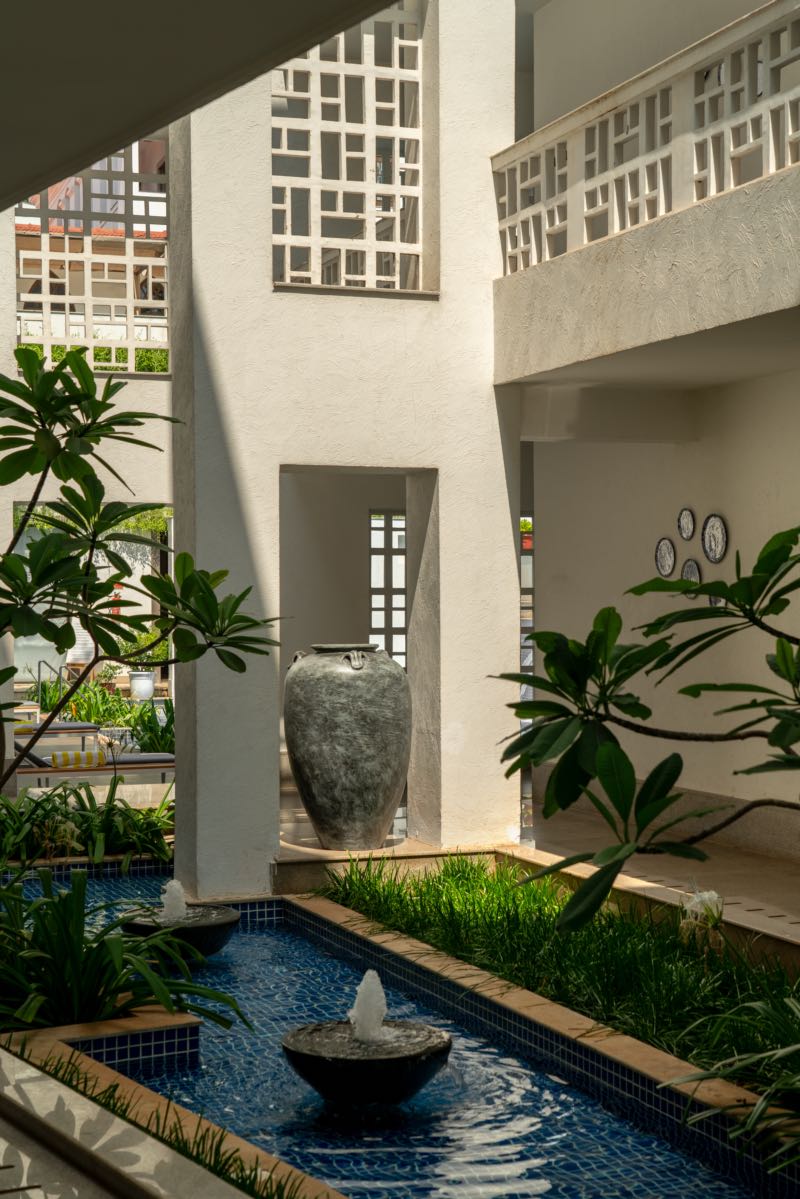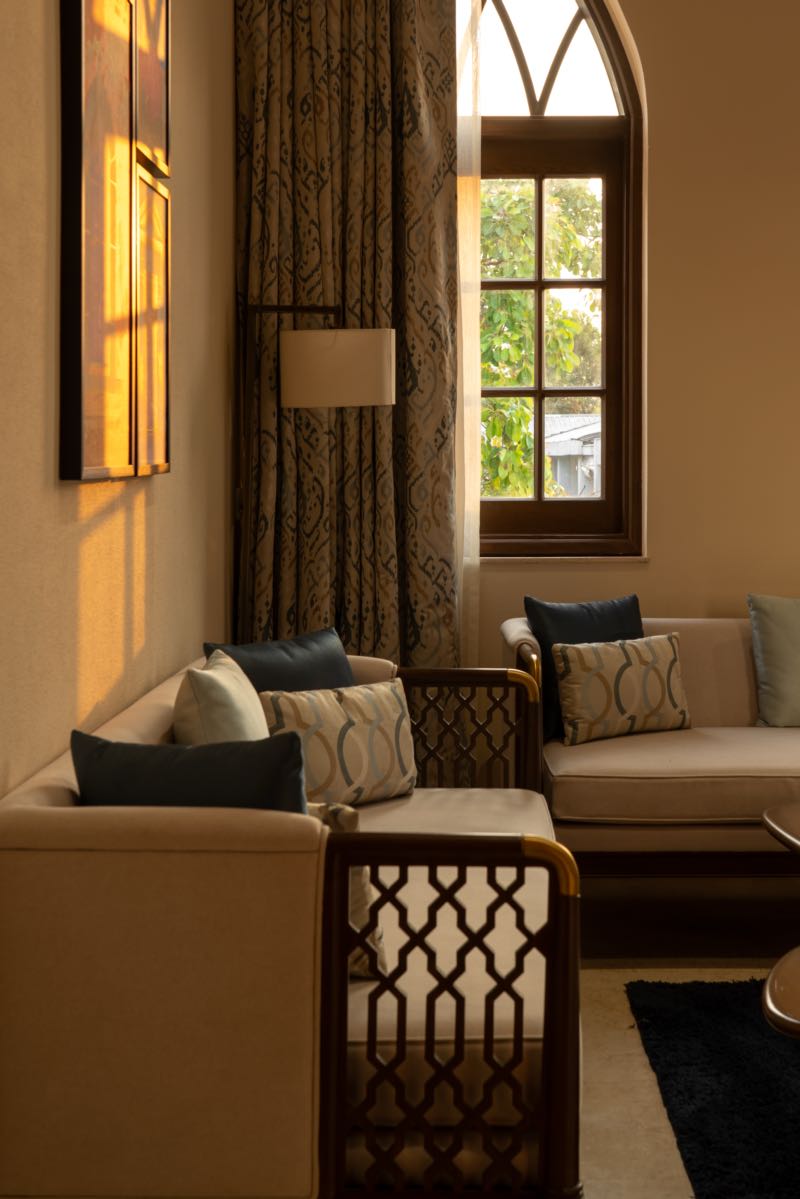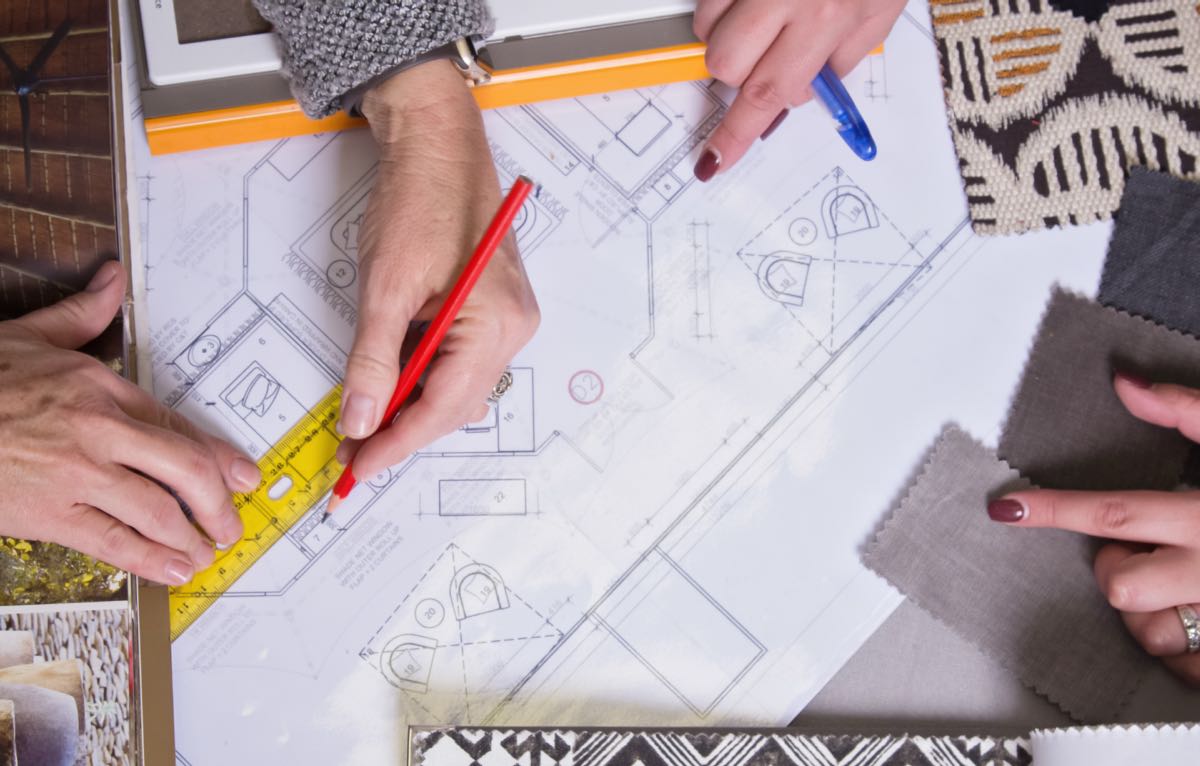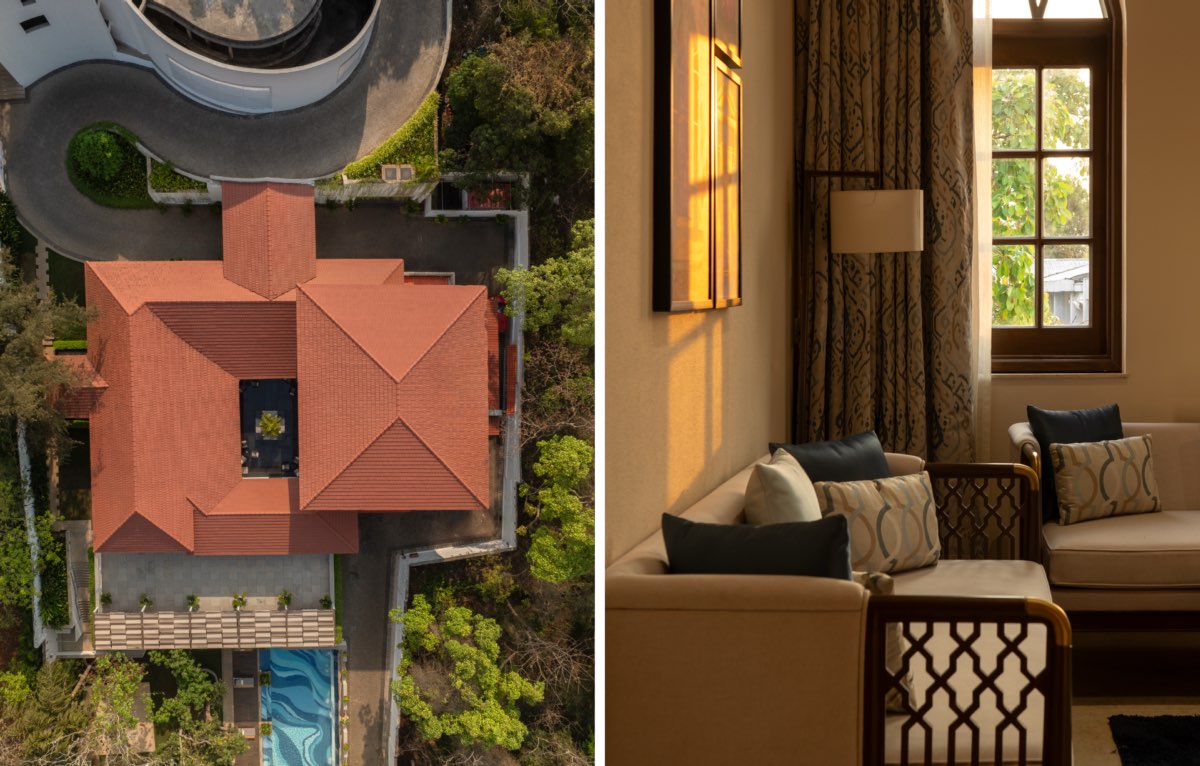This article explores the distinct roles and expertise of interior architects and interior designers. It explains what each profession does, compares their education and skill sets, highlights when to hire one over the other, and outlines where their disciplines overlap to create cohesive, functional, and beautiful spaces.
Both architecture and interior design are vital disciplines that together define how we inhabit and experience built spaces. An interior architect designs and reconfigures spaces from a structural and spatial perspective, ensuring functionality, safety, and coherence. An interior designer, on the other hand, enhances those spaces aesthetically through furniture, materials, color, and lighting to create environments that feel both purposeful and inspiring.
This guide explores the key differences between interior architecture and interior design, providing clarity for anyone planning a renovation, commissioning a design project, or pursuing a career in these fields. It also highlights how both professions collaborate to create integrated, livable, and enduring spaces.
Table of Contents
- What are Interior Architects?
- What is an Interior Designer?
- Interior Architect vs Interior Designer – Key Differences
- When to Hire an Interior Architect vs an Interior Designer
- Overlapping Areas of Expertise Between Interior Architecture and Interior Design
- M. Exploration
- Frequently Asked Questions
1. What are Interior Architects?

Interior architects specialize in designing and modifying interior spaces through the lens of structural and spatial design. They merge architectural principles with interior detailing, ensuring spaces are both functional and aesthetically refined.
Their work extends to residential, commercial, and institutional projects where spatial planning, sustainability, and compliance are central to the design process.
-
Definition and Scope
An interior architect’s role goes beyond decoration. They plan and design interiors with a deep understanding of construction systems, material performance, and user experience. Their expertise covers:
- Space planning and circulation design
- Structural adaptations and building code compliance
- Lighting design integrated with architecture
- Sustainable material selection and environmental optimization
Interior architects combine technical expertise with creative innovation, ensuring the built environment is both safe and inspiring.
-
The Focus of Interior Architecture
Interior architecture embodies the fusion of form and function. Professionals in this field consider ergonomics, environmental health, and cultural context to shape spaces that enrich daily life. Their focus often includes:
- Adaptive reuse and renovation of existing structures
- Integration of architecture with interior flow
- Creating emotionally engaging yet structurally resilient spaces
2. What is an Interior Designer?

An interior designer transforms interior spaces into aesthetic, cohesive, and functional environments. Their work centres on ambience, comfort, and expression, aligning visual appeal with practicality.
-
Definition and Role
Interior designers focus on crafting interiors that reflect personality and purpose. They conceptualize layouts, choose color palettes, source furnishings, and ensure the final environment aligns with client vision and functional needs.
-
Core Responsibilities
- Space Planning: Ensuring flow and efficiency in room layout
- Concept Development: Crafting a cohesive visual theme
- Material and Finish Selection: Choosing colors, fabrics, and textures
- Furniture and Decor Curation: Aligning comfort with aesthetics
- Budget Management: Balancing creativity with client constraints
- Technical Drawings and Renderings: Presenting accurate visualizations
- Project Coordination: Collaborating with architects and contractors
Interior designers bring emotional warmth and character to architectural form. They translate vision into lived experience.
3. Interior Architect vs Interior Designer – Key Differences
While both disciplines overlap in their creative goals, their scope, education, and technical expertise differ significantly.
| Aspect | Interior Architects | Interior Designers |
|---|---|---|
| Focus | Structural and spatial design, integrating architecture and interiors. | Aesthetic composition and spatial styling. |
| Education | Degree in architecture or interior architecture. | Degree or diploma in interior design or decorative arts. |
| Scope of Work | Involves space restructuring, code compliance, and technical detailing. | Involves decor, furnishing, and finishing touches. |
| Tools Used | CAD, BIM, and architectural modeling software. | SketchUp, Photoshop, and design visualization tools. |
| Regulatory Requirements | Must comply with safety codes and building laws. | Minimal regulatory responsibility. |
| Design Emphasis | Structural integrity, spatial efficiency, and functionality. | Comfort, visual harmony, and personalization. |
| Typical Projects | Large-scale renovations, adaptive reuse, and complex builds. | Residential interiors, boutique hotels, and retail design. |
| Budget Focus | Structural materials and systems. | Furniture, decor, and surface finishes. |
| Outcome | Optimized, code-compliant environments. | Personalized, aesthetically engaging spaces. |
In short: Interior architects design how spaces work. Interior designers define how they feel.
4. When to Hire an Interior Architect vs an Interior Designer

I. For Structural Changes and Space Planning
Hire an interior architect if your project involves:
- Removing or adding walls
- Altering layouts or building systems
- Managing construction or compliance
They ensure safety, efficiency, and compliance while preserving design intent.
II. For Decorative and Aesthetic Projects
Hire an interior designer if your goals include:
- Styling an existing space
- Refreshing furniture, colors, or lighting
- Creating atmosphere and cohesion
Designers help articulate mood, identity, and visual storytelling within a space.
III. For Budget and Project Scale
- Interior Architects: Higher costs due to technical design, permits, and engineering coordination.
- Interior Designers: More flexible for mid-range or decorative projects.
Ultimately, choose based on your project’s scope and purpose, not just its budget.
5. Overlapping Areas of Expertise Between Interior Architecture and Interior Design
The most successful projects often combine both skill sets.
-
Collaborative Design
In integrated teams, interior architects and designers complement each other’s strengths. Architects resolve structure and systems. Designers enhance materiality, color, and experience. Together, they ensure a project is structurally sound, environmentally efficient, and emotionally resonant.
-
Shared Skillsets
Both professionals rely on:
- Creative visualization
- Space optimization
- Client communication
- Understanding of materials and lighting
- Coordination with contractors and artisans
This synergy results in design outcomes that are comprehensive, human-centered, and enduring.
m.exploration
As we continue to explore the intersection of architecture, design, and sustainability, we invite you to delve deeper into the ideas and innovations presented on our website. Whether you’re looking for inspiring architectural projects, insightful videos, or detailed product information, Morphogenesis serves as a hub for thought-provoking content that reflects our commitment to responsible design.
If you still have unanswered questions about architecture and interior design, consider these additional resources for further information:
- Video gallery: Discover our latest projects and design philosophies through engaging visual narratives.
- Projects: Learn about our curated selection of residential, commercial, institutional, and hospitality projects that embody Morphogenesis’ design philosophy – SOUL.
- m.blog: Dive into a wealth of knowledge with our blog, where we share insights on architecture, design trends, and sustainable practices.
Frequently Asked Questions
I. Can an interior designer handle structural changes?
No. Interior designers do not work on structural modifications. For layout changes, wall removal, or space expansion, consult an interior architect or licensed architect.
II. How do interior architects and designers collaborate?
Interior architects manage spatial design and building integration, while interior designers focus on furnishings, finishes, and mood. Their collaboration creates unified spaces that merge form and feeling.
III. Do I need both an interior architect and designer for my project?
For comprehensive renovations or large-scale commercial work, yes. Collaboration ensures every element, from structure to styling, is addressed. For smaller residential updates, an interior designer may suffice.
IV. Which profession earns more?
Typically, interior architects command higher fees due to structural expertise and licensing requirements. However, experienced interior designers with a strong portfolio can earn comparably, especially in luxury or bespoke projects.
V. Is interior architecture the same as architecture?
Not exactly. While both fields share core principles, interior architecture focuses specifically on internal spatial transformation and integration, rather than full-scale building design.
VI. How do sustainability and green design fit into these roles?
Interior architects lead in energy-efficient layouts and material innovation, while interior designers champion eco-friendly furnishings, lighting, and finishes. Together, they advance sustainable design practices.
VII. Can one person be both an interior architect and interior designer?
Yes. Many professionals today combine both disciplines, offering end-to-end design services that encompass structural and decorative expertise.
VIII. What are the qualifications needed to become an interior architect or designer?
Interior architects usually require a bachelor’s or master’s degree in architecture or interior architecture, while interior designers can qualify with a degree or diploma in interior design, along with portfolio experience.
IX. What are common software tools used by both?
Both professionals often use AutoCAD, SketchUp, Revit, and Photoshop to visualize and communicate their design concepts effectively.
X. What factors should I consider when choosing between the two?
Consider the scale, purpose, and complexity of your project. If you need spatial reconfiguration or structural work, choose an interior architect. If your focus is on style, comfort, and atmosphere, hire an interior designer.

